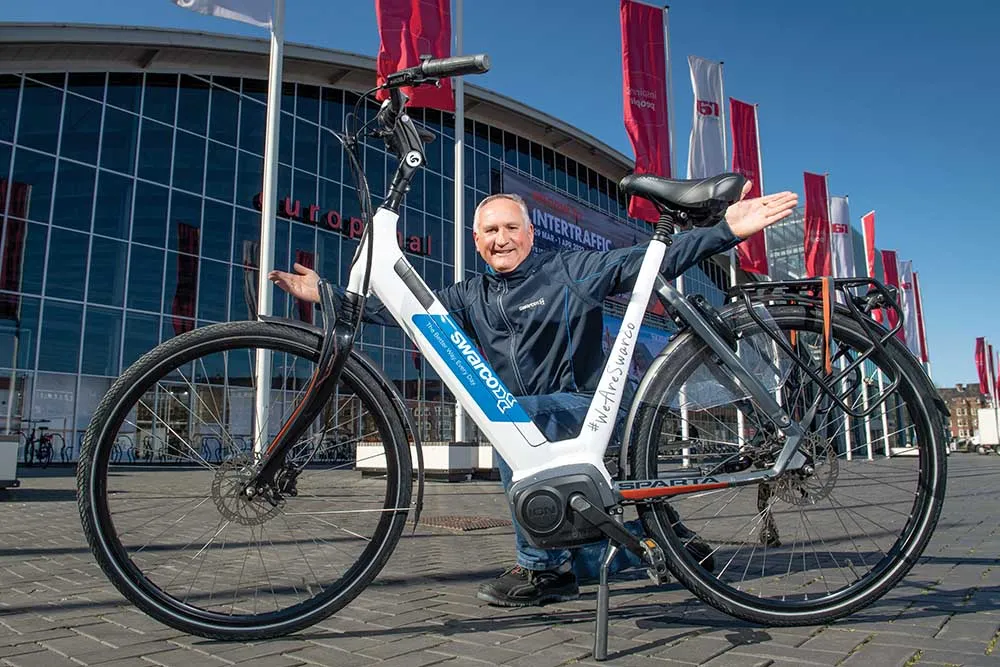
Visitors here at Intertraffic 2016 are meeting Dynniq, a brand new company they will already know well because it has a long and successful track record!
Imtech Traffic & Infra is now
The company was the first in the Netherlands to develop products to make cooperative applications possible so it is no surprise that under the heading of cooperative and connected mobility, Dynniq will continue to develop the next step in traffic management that connects infrastructure with individual road users.
It will also specialise in city management, developing scenario-based network management that improves city life, as well as control systems that provide state-of-the-art infrastructure management. Importantly for the environment, Dynniq continues to develop air quality monitoring tools to effectively reduce emissions as well as communications networks that make technology work.
Although a brand new name, Dynniq has many years of experience in managing mobility and energy issues and was responsible for the delivery of several progressive projects. For example, the former Imtech Traffic & Infra was co-responsible for the construction of the well-publicised SolaRoad, an innovative road surface converting sunlight into energy.
The company was also the party behind the intelligent intersections in Helmond, Netherlands where traffic flow has been improved by connecting intersections with each other and SCOOT, the international adaptive control system.
As Dynniq CEO Cees de Wijs commented: "Designing, connecting and integrating systems is what we are good at. This is also going to be our focus in the coming years.”










